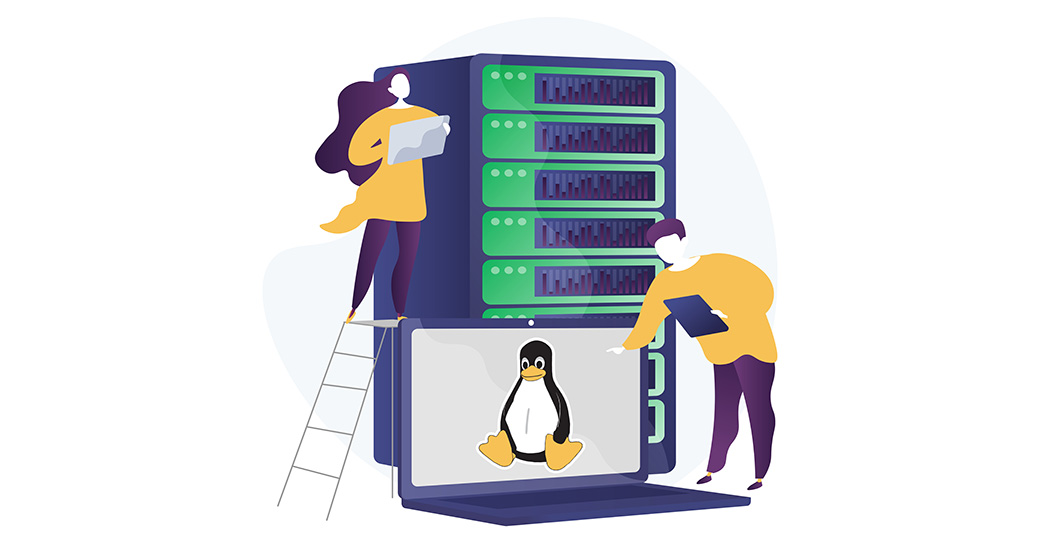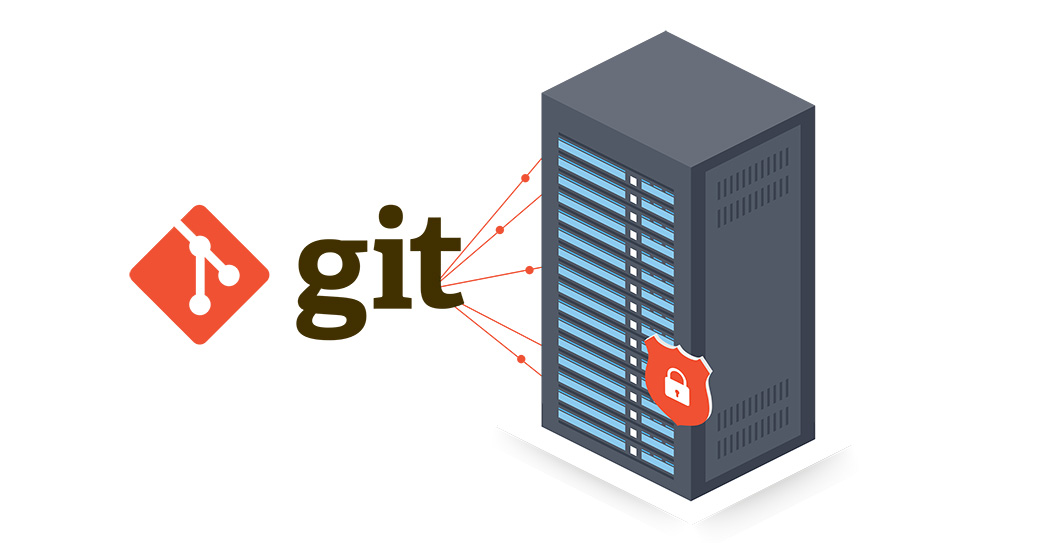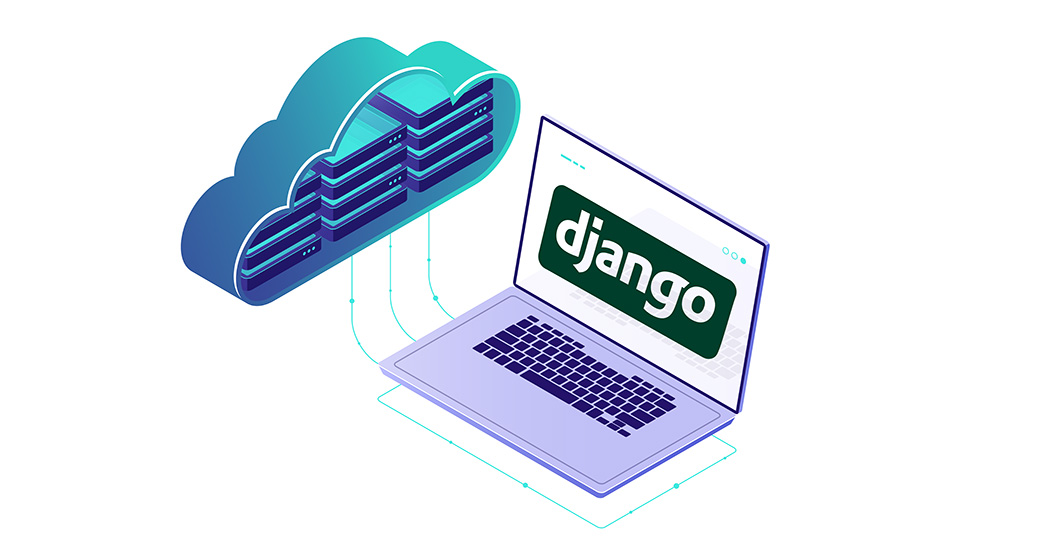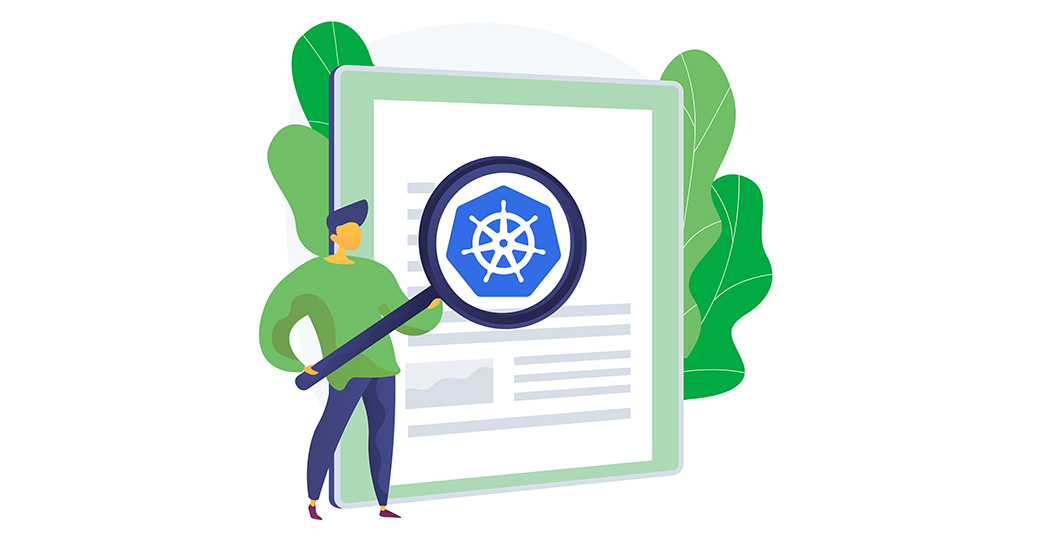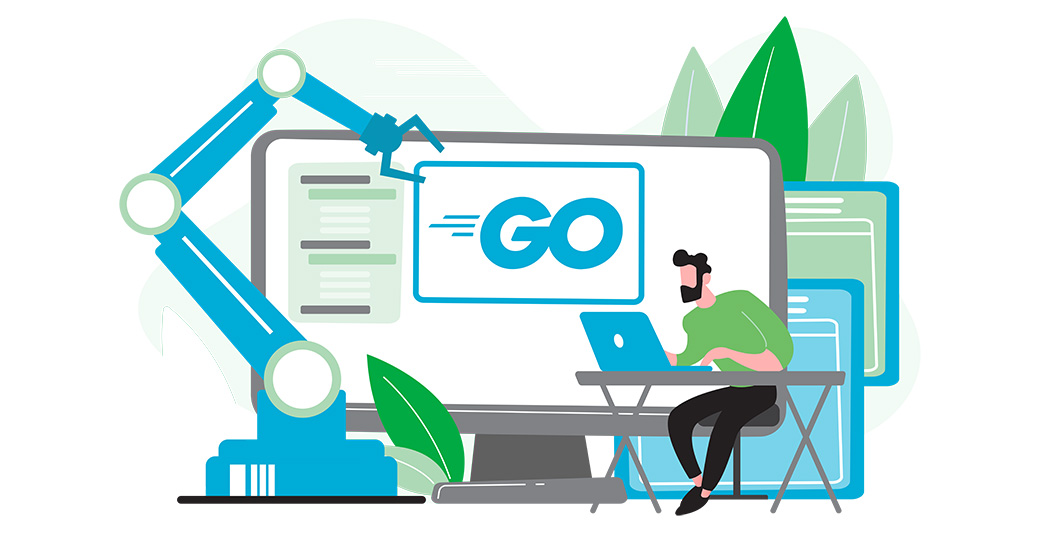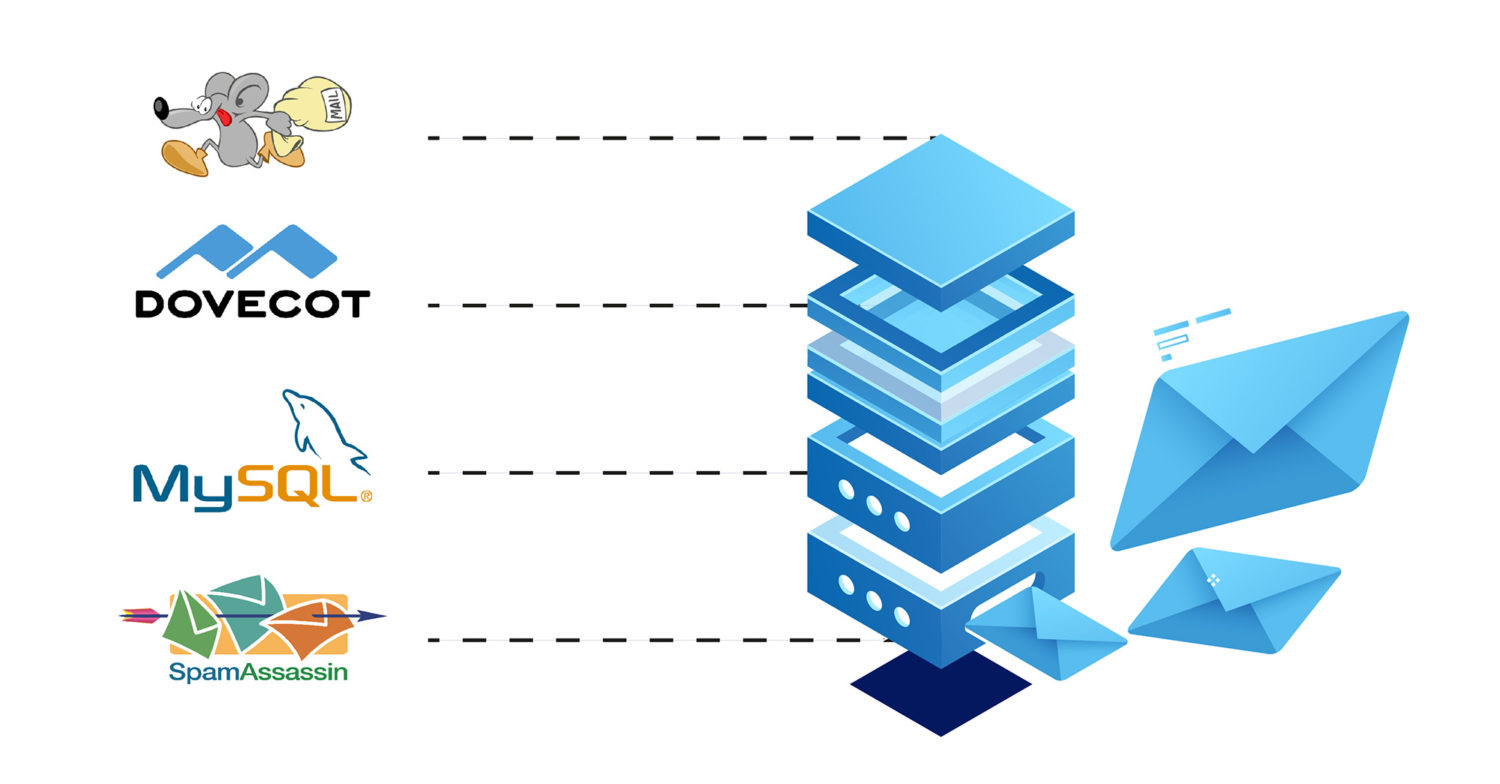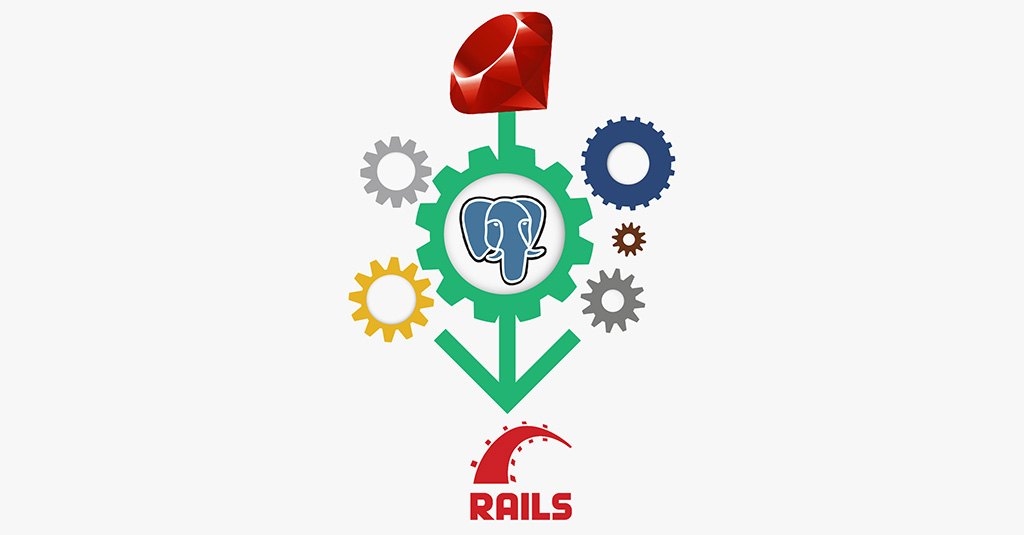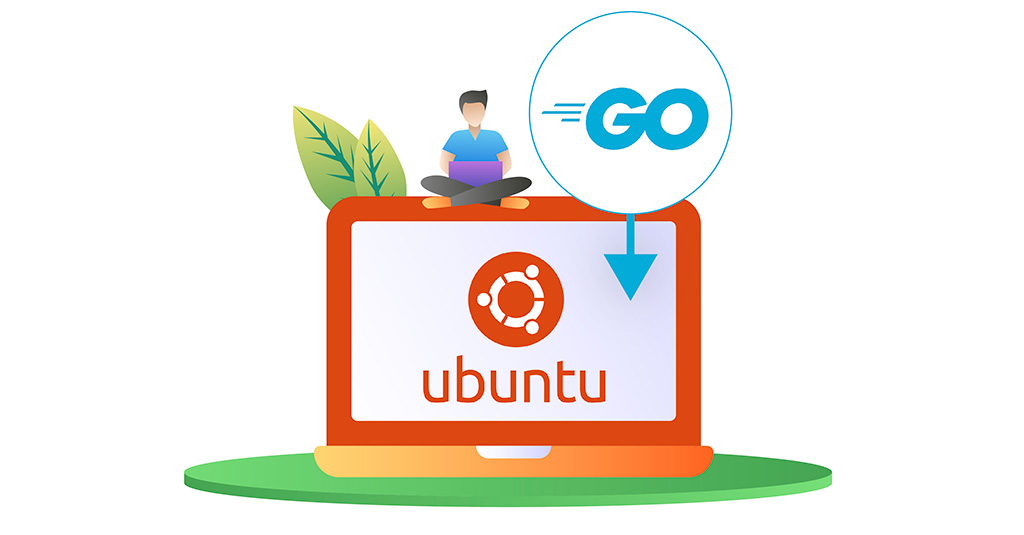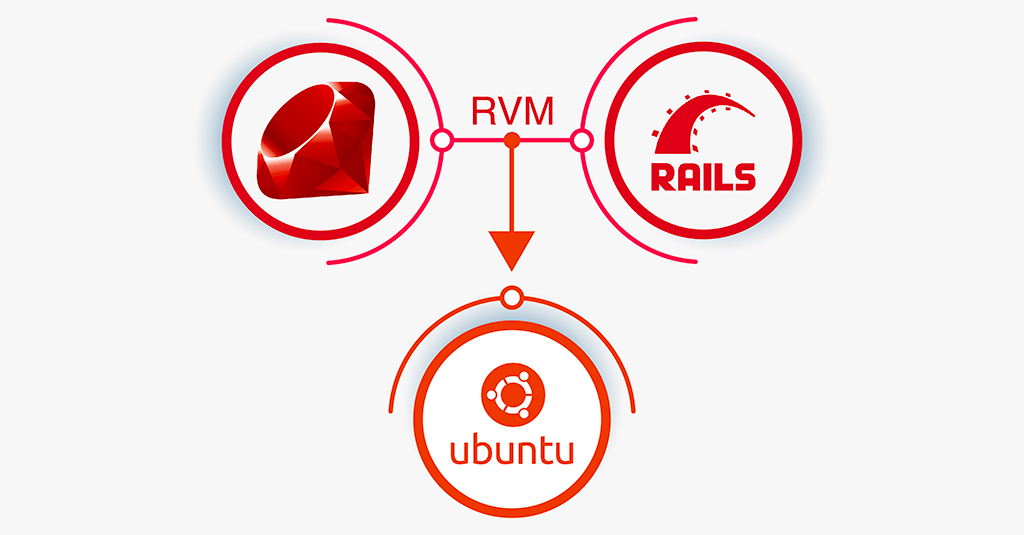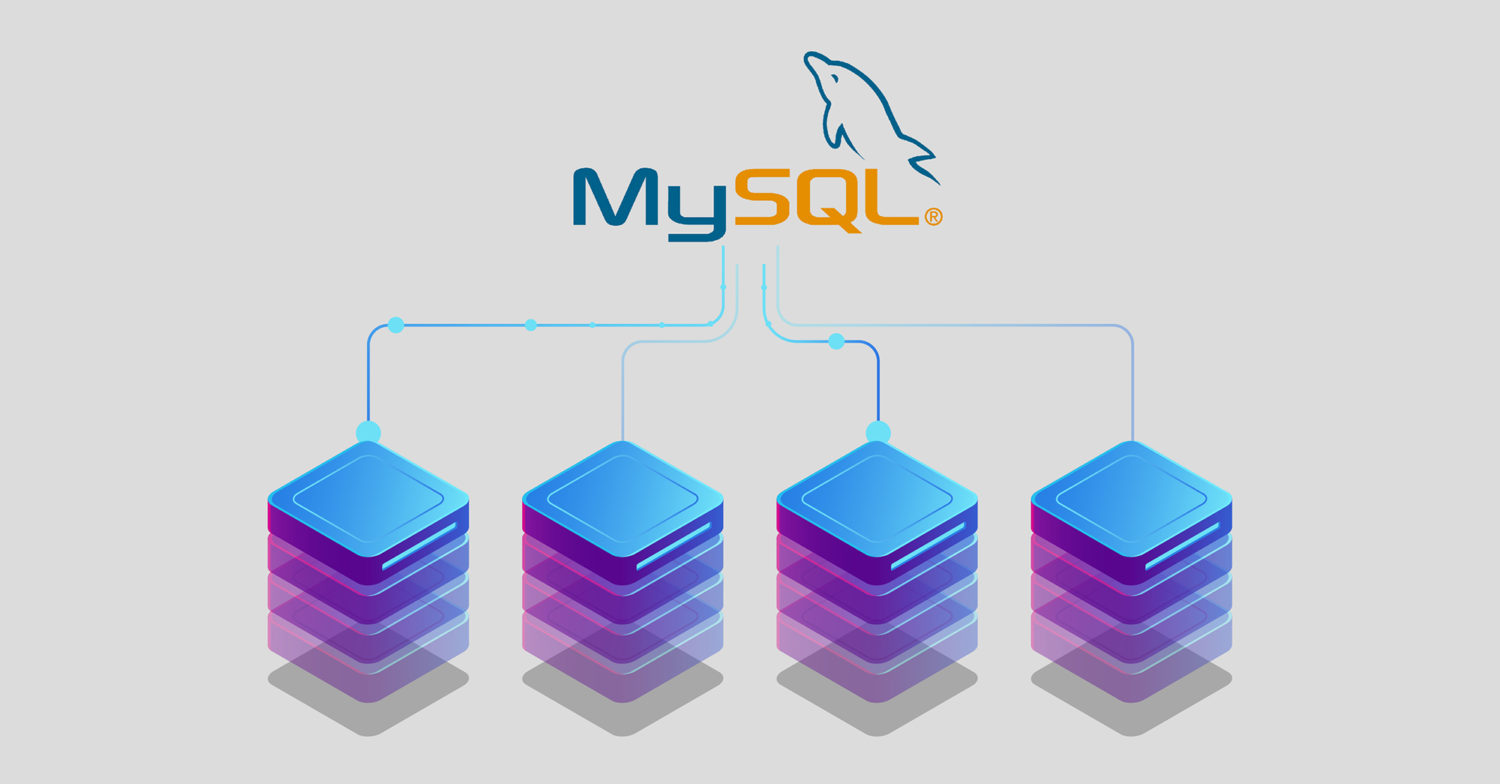Ruby is a powerful programming language. It’s an interpreted, high-level, and general-purpose language that incorporates multiple programming paradigms. Yukihiro Matsumoto, the creator of Ruby, blended various parts of his favorite programming languages like Perl, Ada, Lisp, Eiffel, Smalltalk, etc., and created Ruby. In his own words, he intended to make Ruby “more natural, not simple”. Much of the popularity of …
Configuring Storage Devices in Linux- Learning to Partition and Format
Introduction There are many situations where you may need a new disk on your Linux system. For the most part, creating a new disk is a straightforward process. However, things can become complicated if you are trying to tinker with partitioning schemes and filesystem formats. To help simplify the process, this tutorial will give you a step by step outline …
How to Configure Automatic Deployment with Git with a VPS
Git is the most popular version control system in the field of software development. It’s open-source and actively maintained since 2005 by Linus Torvalds, the famous creator of Linux. Today, a staggering number of software projects (including commercial ones) use Git for version management. Git follows a distributed architecture, making it a perfect example of a DVCS (Distributed Version Control …
Creating a Django App with Database Connection: A Tutorial
Django is a free and open-source web framework built in Python. First published in 2005, Django incorporates the motto of “rapid development and clean, pragmatic design.” The framework, deployed on a web server, can quickly produce a web front-end with rich features, security, and scalability. Any web app relies on databases for its content. Django, being a modern framework, supports …
How To Troubleshoot and Inspect Kubernetes Networking
Kubernetes is an open-source tool that is crucial in container orchestration. Kubernetes helps in orchestrating and managing clusters at scale across various cloud environments or even on-premise servers. A cluster is a set of hosts meant for running containerized applications and services. A cluster needs a minimum of two nodes to work – one master node and a worker node. …
Building and Installing Go Programs
Go is a statically typed programming language. Originally designed by Google, Go shares similarities with C in terms of syntaxes. However, in functionality, Go comes with additional features like memory safety, garbage collection, structural typing, etc. Over the past few years, Go has been gaining incredible popularity. This guide will go over the steps of building and installing Go programs …
Mail Server Configuration Tutorial: How to Use Postfix, Dovecot, MySQL, and SpamAssassin
Introduction On Ubuntu 20.04, you can use tools like Postfix, Dovecot, MySQL, and SpamAssassin to configure a mail server. The process can be confusing for someone attempting it for the first time. This tutorial aims to simplify the mail server configuration process for you with detailed steps. At the end of this tutorial, you will know how to add virtual …
Setting up Ruby on Rails with PostgreSQL
Among all the available database engines, PostgreSQL is one of the most popular ones. It’s a well-known open-source database system known for its reliability, robust features, and performance. Because PostgreSQL is a popular choice, it’s supported by almost all major web frameworks. Similar to its competitors MySQL and SQLite, PostgreSQL also has its strong and weak points. Ruby on Rails …
Creating Django Models: A Tutorial
Django is a well-known web framework for the rapid development of secure and maintainable websites and web apps. Built using Python, Django simplifies web development, allowing more time and focus on writing apps without reinventing the wheel every single time. Django is a free and open-source project with robust official documentation, great community support, and plenty of free and paid-for …
Installing Go on Ubuntu 20.04
Go is an open-source programming language. Originally designed at Google, Go shares syntax similarities with C. However, it includes additional programming features like structural typing, garbage collection, memory safety, and CSP-style concurrency. Most of the time, the Go programming language is referred to as “Golang” because of the official Go domain name. This guide demonstrates installing and configuring the latest …
Installing Ruby on Rails with RVM on Ubuntu 20.04
Ruby on Rails is one of the most popular web app frameworks. It’s open-source software designed for developers to create successful projects while writing fewer codes. Having a fun and enjoyable development experience is one of the fundamental principles that make Ruby on Rails an attractive choice. The RVM (Ruby Version Manager) tool, as the name suggests, is a third-party …
Setting up Replication in MySQL on Ubuntu
MySQL replication is an interesting feature that allows users to manage multiple copies of one or more MySQL databases. The data is copied automatically from source to replica databases. It can be useful in numerous situations, such as working with the data without compromising the main database, data backup, or scaling the database access, etc. In this guide, we will …



